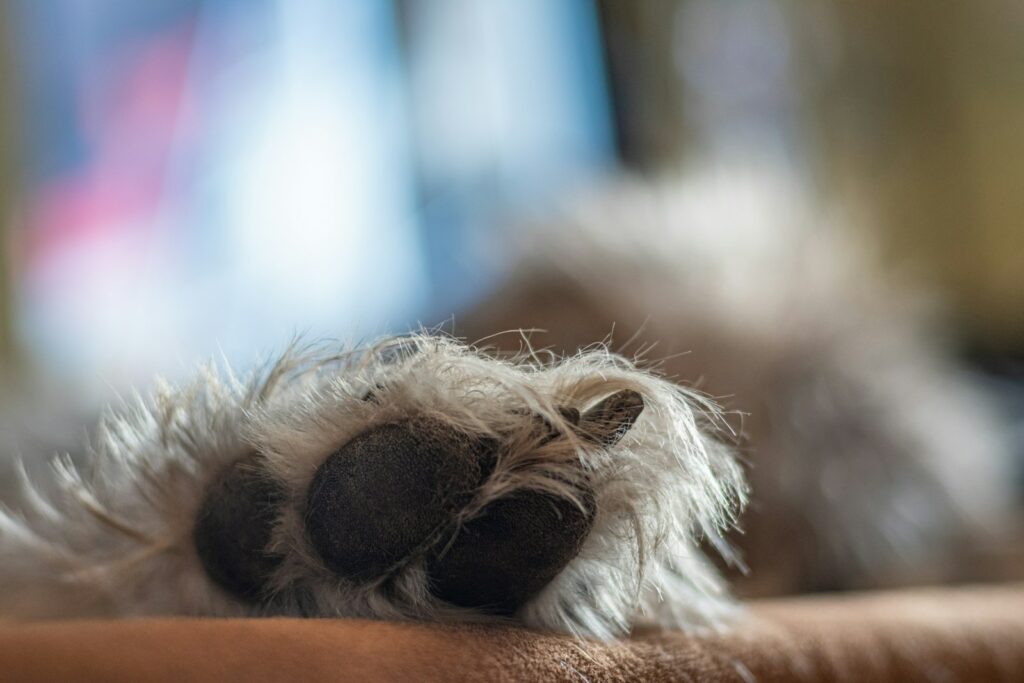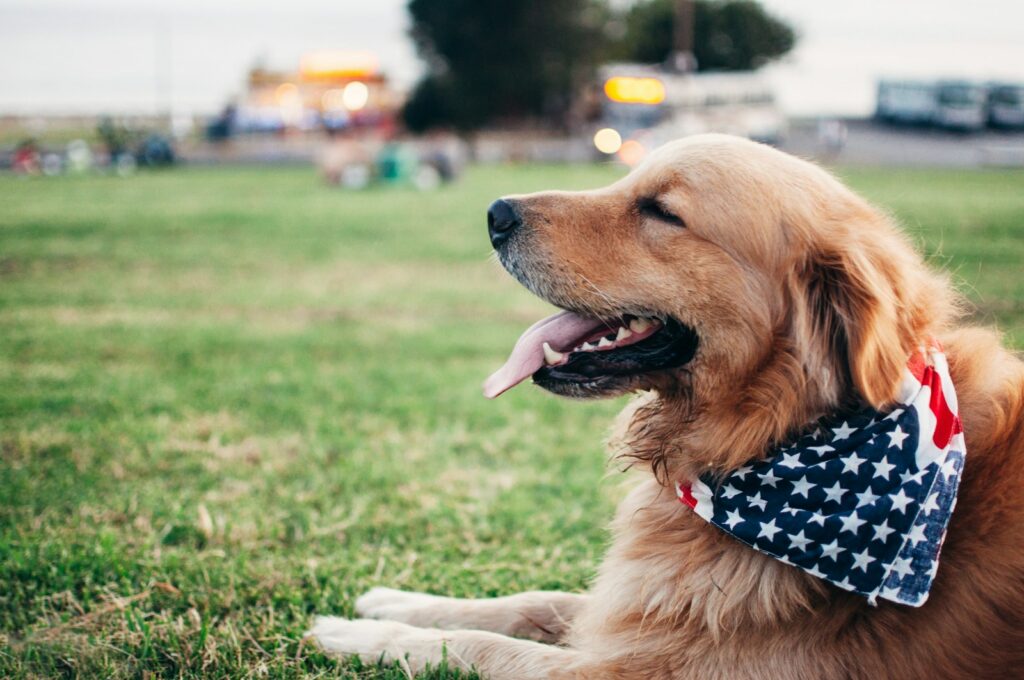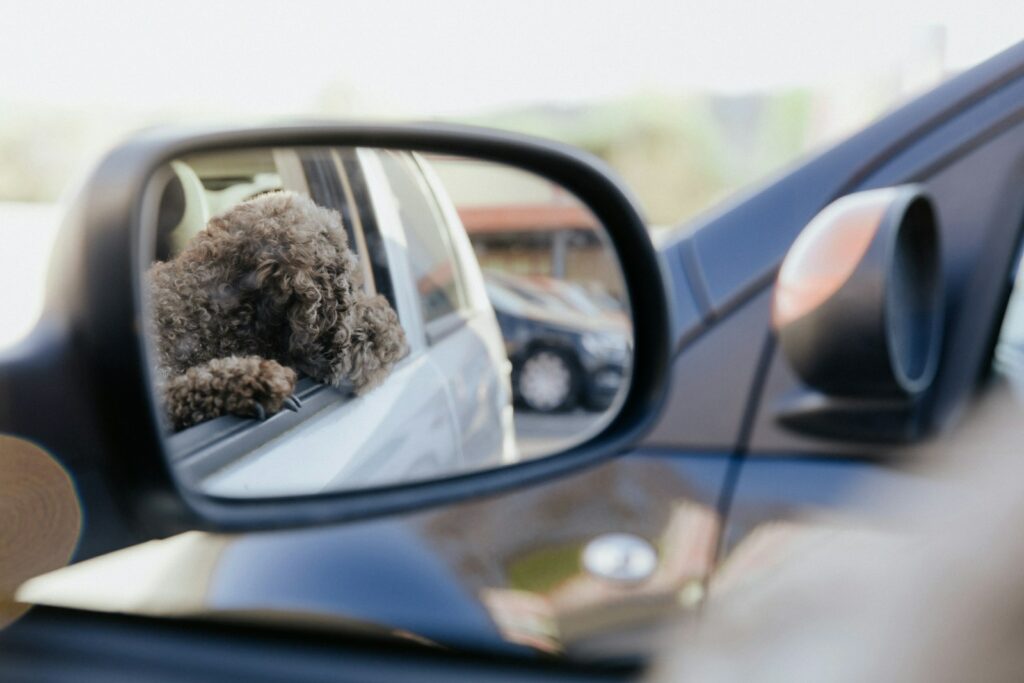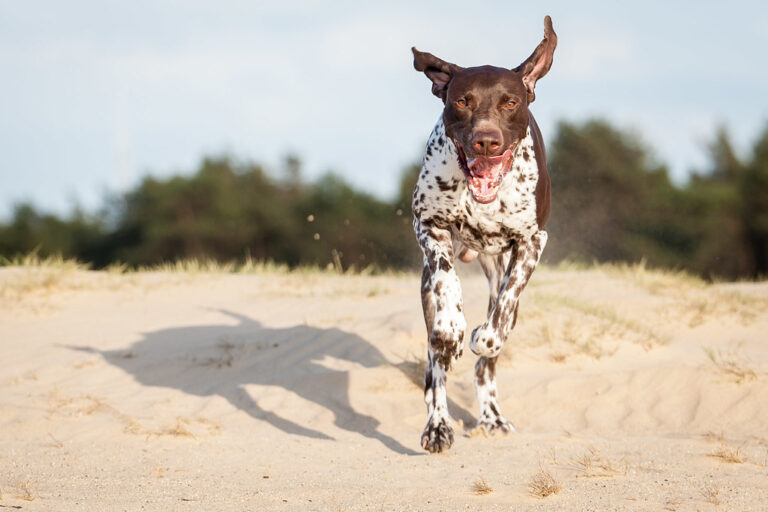15 Weird but True Facts About Dogs

Dogs are full of surprises. Just when you think you know everything about your furry friend, they do something that leaves you scratching your head. From strange behaviors to fascinating quirks, dogs have a few odd traits that might seem weird but are actually true. Here are 15 weird but true facts about dogs!
Dogs Can “Smell” Your Feelings

It might sound strange, but dogs can actually detect your emotions through their incredible sense of smell. They can pick up on changes in your body’s chemical composition, like when you’re stressed or scared, thanks to the scent of hormones such as adrenaline. This helps them respond to your emotions, offering comfort when you’re upset or alerting you to danger.
Dogs Dream Just Like Humans

Have you ever noticed your dog twitching or making little noises while they sleep? That’s because dogs dream, much like humans do. Research states that dogs have similar sleep patterns to us, including REM (Rapid Eye Movement) sleep, where most dreaming occurs. Your dog might be dreaming about chasing a ball or playing with their favorite toy!
Dogs Can “Catch” Yawns from You

Yawning is contagious, even between humans and dogs! If you yawn around your dog, there’s a good chance they’ll yawn back. This phenomenon, known as contagious yawning, is thought to be a sign of empathy, suggesting that canines are in tune with their owners’ emotions.
Dogs Have an Extra Eyelid

Dogs actually have a third eyelid called a nictitating membrane. This translucent membrane acts as an extra layer of protection for their eyes, helping to keep them moist and shield them from dirt and debris. It’s one of those weird but essential features that help keep your dog’s vision clear and healthy.
Dogs’ Sense of Smell Is 10,000 to 100,000 Times Better Than Ours

A dog’s sense of smell is incredibly powerful—so much so that it’s hard for us to comprehend. While we have about 5 million scent receptors in our noses, canines have around 300 million. This superpower allows them to detect a wide range of scents, from finding a hidden treat to identifying someone’s unique scent even after they’ve left the room.
Dogs Can Tell Time (Sort Of)

While dogs don’t read clocks, they have an uncanny ability to sense time. They can pick up on daily routines and the passage of time through their keen sense of smell and body rhythms. For example, your dog might know it’s time for a walk when they notice subtle environmental changes, like the fading scent of breakfast or the shadows shifting in the room.
Some Dogs Are Allergic to Humans

It sounds bizarre, but some dogs can be allergic to human dander, just as some humans are allergic to dogs. Symptoms in dogs include itching, sneezing, and respiratory issues. While rare, it’s a weird but true fact that can make life a bit complicated for these sensitive pups.
Dogs Can “See” with Their Noses

Dogs don’t just use their noses to smell—they can also use them to “see.” Thanks to the Jacobson’s organ (or vomeronasal organ), located inside the nasal cavity, dogs can detect pheromones and chemical cues that help them “see” the world in ways we can’t even imagine. This organ allows them to pick up on the presence of other animals, potential mates, and even certain diseases.
Dogs’ Paws Smell Like Corn Chips

If you’ve ever sniffed your dog’s paws, you might have noticed a smell similar to corn chips or popcorn. This odd scent comes from natural bacteria, such as Proteus or Pseudomonas, which live on their paws. While it’s normal and harmless, it’s a strange and true fact that many dog owners have noticed!
Dogs Curl Up to Protect Their Organs

You’ve probably seen your dog curl up into a ball when they sleep, especially in colder weather. This behavior is an instinctive action that dates back to their wild ancestors. By curling up, dogs protect their vital organs from potential predators and conserve body heat, even if they’re perfectly safe and warm at home.
Dogs Can Hear Higher Frequencies and Quieter Sounds Than Humans

Dogs have an amazing sense of hearing that allows them to detect higher frequencies and quieter sounds than humans. While we can hear frequencies up to 20,000 Hz, dogs can detect sounds as high as 65,000 Hz. This means they can hearpitches that are completely inaudible to us, and they can also detect quieter noises, making them more attuned to distant or faint sounds that might go unnoticed by humans.
Dogs Sweat Through Their Paws

Unlike humans, dogs don’t have sweat glands all over their bodies. Instead, they primarily sweat through their paw pads. This is why you can notice wet paw prints on a hot day. Dogs also regulate their body temperature by panting, which helps cool them down when they’re overheated.
Dogs’ Whiskers Help Them Navigate the World

Dogs’ whiskers aren’t just for show—they serve a critical function. These sensitive hairs, also known as vibrissae, help dogs detect changes in their surroundings, such as air currents and nearby objects. This makes whiskers especially useful in low-light conditions, allowing dogs to sense their environment even when visibility is poor.
Dogs Can Get Jealous

Studies have shown that dogs can feel jealousy, especially when they perceive that their owner’s attention is focused on another dog or even an object. This emotional response can manifest in various ways, such as pushing between you and the “rival” or trying to divert your attention back to them.
Dogs Can Recognize Themselves in a Mirror—Kind Of

While dogs might not recognize themselves in a mirror the way humans do, they are aware of the reflection and may even use it to gather information. For instance, they might use a mirror to locate a toy or another person in the room. However, they generally don’t associate the reflection with their own identity.





